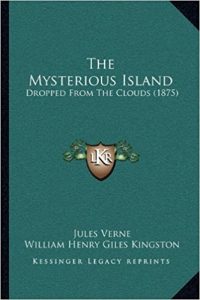Today I’ll continue with the partially true tale of my cruise to Alaska with my wife, Jean, and another couple—Mike and Brenda. I made up many of the names in this narrative (including those).

We rode a shuttle bus from our downtown Seattle hotel to the train station on King Street. I admired the station’s beautiful interior with its intricate white, carved walls and ceiling.

We boarded the Continental Train (ConTrain) Line, Train 516 (the Salish) bound for Vancouver, British Columbia. Everyone in that area always specifies which Vancouver they mean, because there’s a Vancouver in Washington State, too. The train proved to be comfortable, with large windows and spacious seating.
Somewhere along the train ride, our ever-joking conductor announced we’d be passing Chuckanut Bay, and rumors spoke of a Chuckanut Sea Monster lurking there. Passengers should get their cameras ready, he said. Sure. A sea monster. I kept my camera packed away. Within moments, though, I saw a long neck and small head protruding from the water on the train’s left side. When it became obvious it wasn’t moving and was a fake, we passengers laughed.
Then a strange thing happened.
A swarm of gigantic tentacles emerged from Chuckanut Bay and amid them, a fearsome head with colossal, glaring eyes. The tentacles flailed, then shot toward our train and got a grip on the first passenger car—our car. Tentacles, with those huge gripping suckers, were all we could see through the windows. The engine strained and the wheels made ear-splitting screeches against the rails. Finally, our entire train began to break free, and the beast’s arms slid off our streamlined car and vanished to the rear. Though we passengers felt shocked and distressed by this, the conductor made no announcements about it, and I suspect ConTrain will try to hush up the whole thing.
Arriving in Vancouver, late, we ate a quick lunch and took the SkyTrain (Vancouver’s elevated subway) to the Waterfront station at Canada Place beside the quay. Signs there directed us toward our ship. I’d like to praise the quickness and efficiency of the boarding process. I really would. Instead, some masochist had devised an endurance test to see how many escalators, back-and-forth lines, long waiting stretches, and passport viewings people could stand before either collapsing or screaming in agony. The four of us made it through, after stepping over the twitching bodies of many who didn’t. Toward the end, even I felt an agonized scream coming on. In fairness, the authorities had to process three cruise-ship-loads of passengers at one time, and shepherd them through both Canadian and U.S. Customs.
Finally, we crossed the gangway and boarded our ship, the MS Hellandam of the NetherStates Line. Helpful crewmembers directed us to our cabin on Deck 6, the Verandah Deck, on the starboard side, forward of amidships. At 3:45, the ship held a scheduled “emergency” drill requiring all passengers to muster at their lifeboat stations. Considering the chaotic way that went, I vowed, in an actual emergency, to take the quicker route and swim to shore.
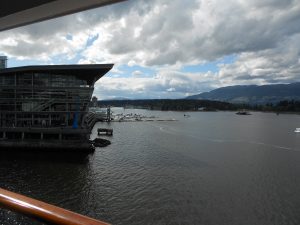
The ship got underway at 4:53 pm. From our verandah, we marveled at the view, with lush, green mountains rising to majestic snow-topped heights under cloudy skies.
Unfortunately, some misguided crewmember had assigned the four of us a dinnertime of 8:00 in the Main Dining Room, and by then I could have walked to every table and devoured snatched everyone else’s meal. Luckily for all but a few diners, I have deep reservoirs of self-control. Designers had furnished this gorgeous two-level dining room with large chandeliers, a ceiling with blinking stars, and wrap-around stern windows. The chefs’ skill equaled that of the room’s designers, and I can heartily recommend the Beef Stroganoff.
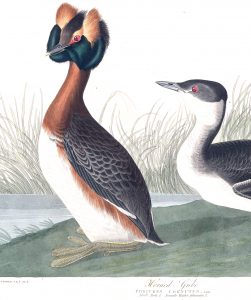
Back in our cabin, we noted how late the sun got around to setting in these latitudes—after 9:00 pm. I liked the efficient arrangement of our cabin; it came equipped with everything we could want. Beyond that, two very large pictures by Audubon hung on the wall opposite the bed, with near-life-sized paintings of two Turnstones and two Horned Grebe, watching us in bed. That male Horned Grebe won no beauty points from—
Poseidon’s Scribe

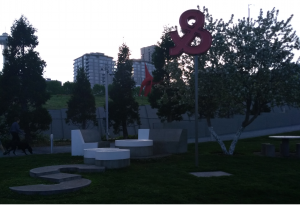
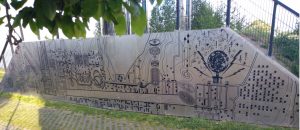
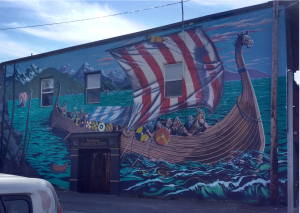

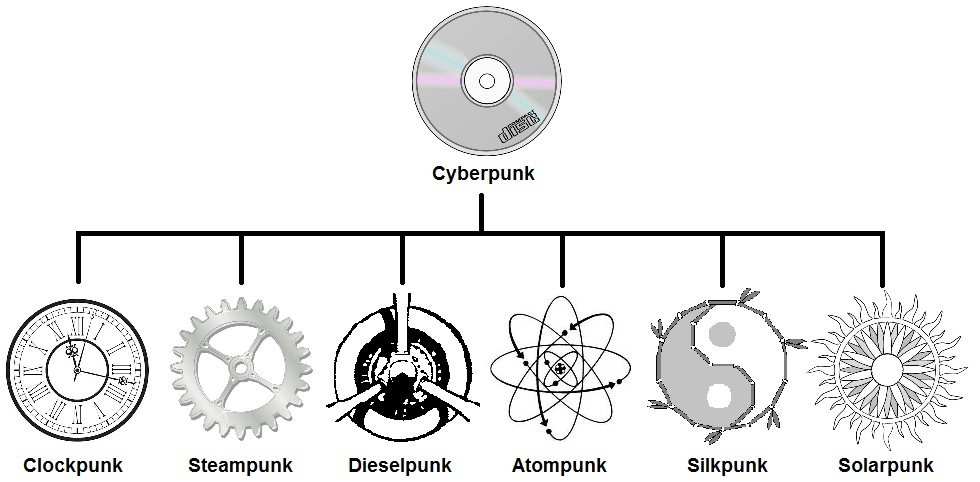
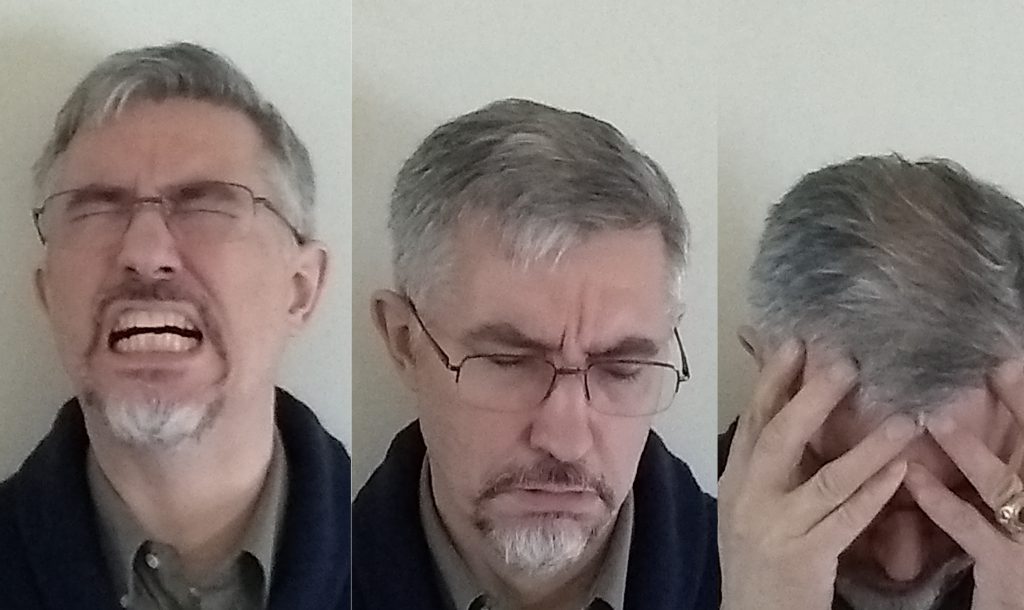 For my purposes here, let’s consider insanity a rare condition. Let’s use the term as a psychologist might, and not like the hyperbole we use when seeing someone do something remarkable: “He’s insane!”
For my purposes here, let’s consider insanity a rare condition. Let’s use the term as a psychologist might, and not like the hyperbole we use when seeing someone do something remarkable: “He’s insane!”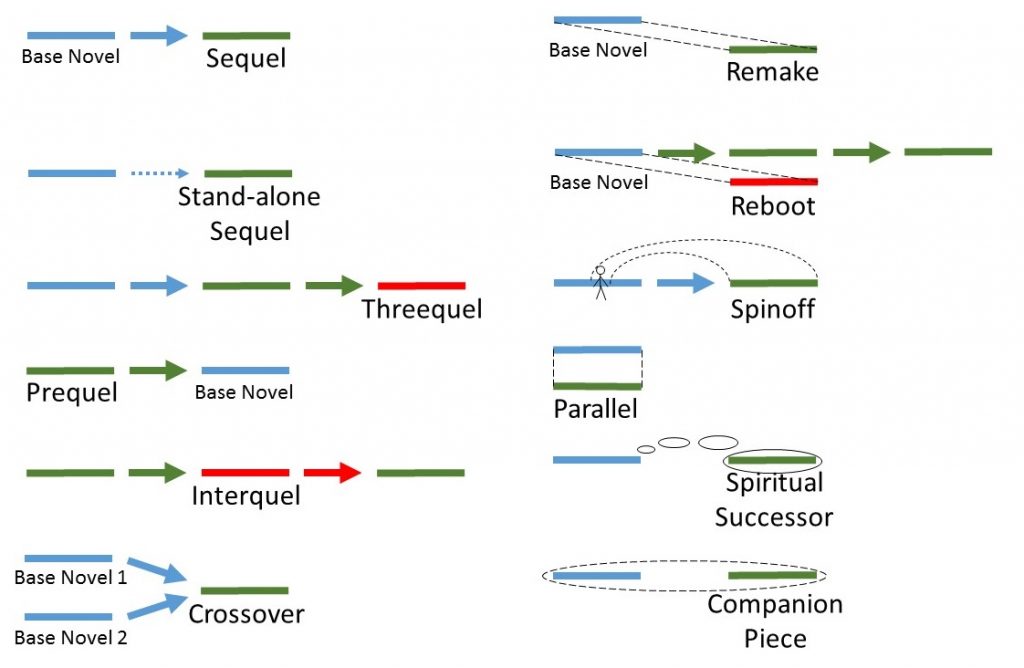
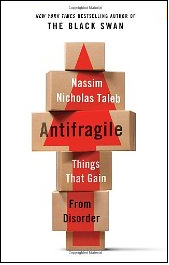
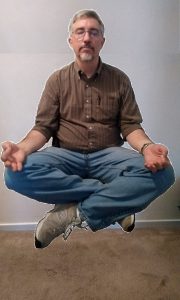 Let’s say you’d like to be a writer, or a more prolific writer. The trouble is time. There’s not enough of it in your day. The rest of life sucks up too much time. Just when you find yourself with a few free minutes to write, the words won’t flow, or you’re too exhausted.
Let’s say you’d like to be a writer, or a more prolific writer. The trouble is time. There’s not enough of it in your day. The rest of life sucks up too much time. Just when you find yourself with a few free minutes to write, the words won’t flow, or you’re too exhausted.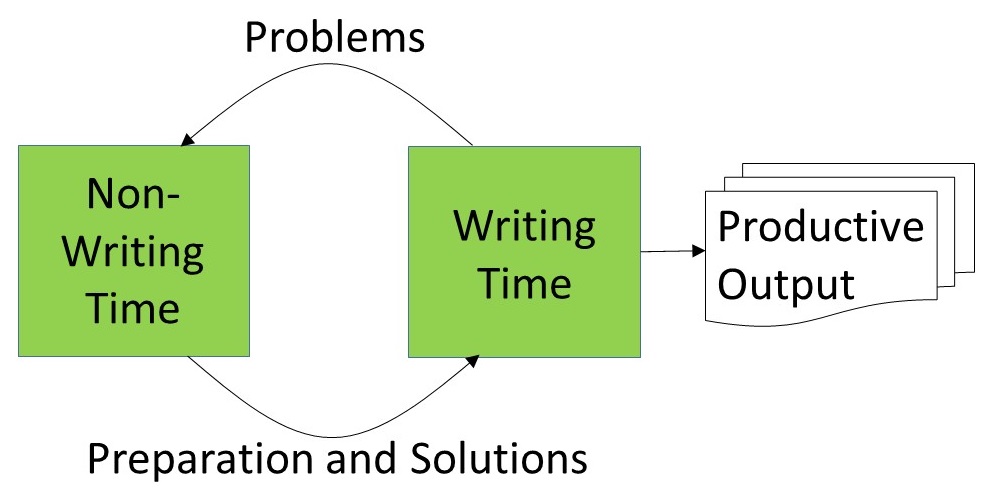 By the way, this process of having your non-writing time influence your writing time—it also works the other way around, too. When you’re writing and you come across a problem, relax. You don’t have to solve it right away. Just file it away for future thought. That’s what your non-writing time is for. Simply move on. In this manner, your writing time also serves to prime the pump with problems to work on in your non-writing time.
By the way, this process of having your non-writing time influence your writing time—it also works the other way around, too. When you’re writing and you come across a problem, relax. You don’t have to solve it right away. Just file it away for future thought. That’s what your non-writing time is for. Simply move on. In this manner, your writing time also serves to prime the pump with problems to work on in your non-writing time.
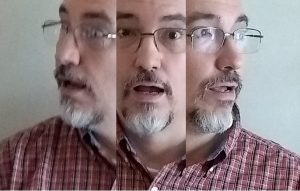 Your muse, like all of them, isn’t the most focused entity around. Easily distracted by new and shiny objects, she comes up with fresh ideas all the time.
Your muse, like all of them, isn’t the most focused entity around. Easily distracted by new and shiny objects, she comes up with fresh ideas all the time.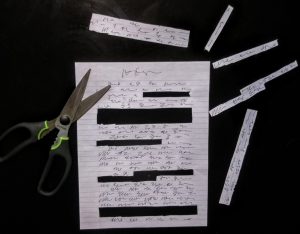 Allow me to define what I mean by censorship. It’s the deliberate alteration of text, without the author’s permission, to make the story less offensive to the censor. This is not what a normal editor does. Editors collaborate with authors to correct errors, to make the book as good as it can be.
Allow me to define what I mean by censorship. It’s the deliberate alteration of text, without the author’s permission, to make the story less offensive to the censor. This is not what a normal editor does. Editors collaborate with authors to correct errors, to make the book as good as it can be.